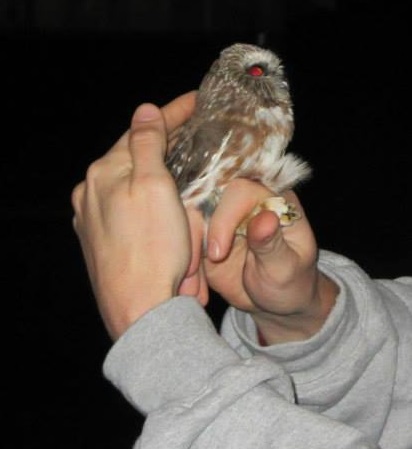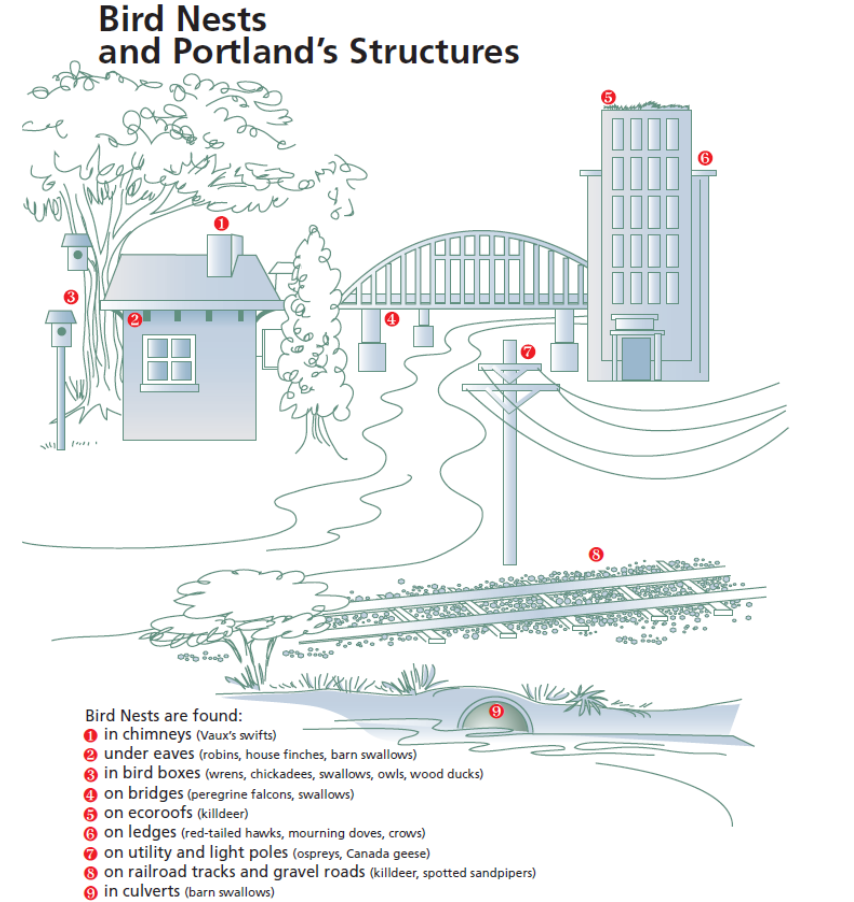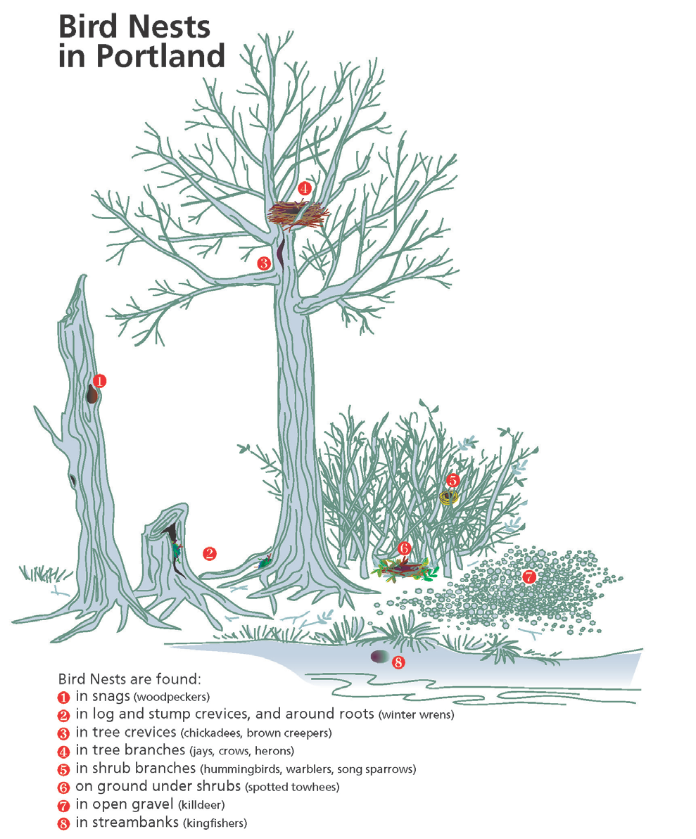
As we learn about the health benefits of social distancing with each other during a pandemic, we can use this experience to learn about the importance of social distancing with many other animals. Most of us innately know to keep our distance from bears and cougars, but may ignore the negative impacts we have on the mental health of many animals, especially birds. The bird in the picture above was caught as part of scientific study and and was banding, but this definitely would not be good normal behavior towards it.
There have been many scientific studies over the decades that have shown a decrease in the success of mating birds and clutch survivorship when exposed to constant human encroachment. Many of us may think nothing of it as urban birds are adapted to life with us. However, that is a small subset of birds, and often are invasive species themselves, such as sparrows, pigeons, and starlings. Those species, much like rats and dogs, owe much of their success as invaders to their ability to survive-and even thrive-next to humans.

One of the best examples of a bird that needs a lot of social distancing from humans in order to successfully mate and raise young is our beloved bald eagle. I once visited a nature preserve where the land trust had to close one of its trails because a pair of bald eagles nested close to a trail and had been constantly disturbed and unsuccessful hatching young the previous year. The hope was that the closed off trail would allow the birds enough privacy to get things done. Unfortunately, visitors often skirted the chain barrier and signage and continued on the trail.
According to the US Fish and Wildlife Service, bald eagles take about four months to fledge after the eggs are laid, with another month and a half where they are still dependent upon their parents to help get food. So the total amount of time it takes from mating to when the young are independent is about half a year-a long period of time where human disturbances can effect survivorship, though the most sensitive time is earlier on, during courtship and nest-building.
Human disturbance, which can simply be walking near a nest, can effect bald eagles in many ways, including:
* Abandoning building a nest.
* Leaving the eggs, causing them to be damaged, overheat, or cooled too much.
* Young may be more likely to die due to predation if the parents are flushed out by humans.
* Inadequate feeding may cause malnutrition and poor plumage, which affect survivorship of the young.
* Disturbed young may jump out of their nests before they are strong enough to fly or survive out of the nest.
As a result of all these impacts, it is important to keep our distances from bald eagles, no matter their status as a national symbol or simply being really cool.
Source: US Fish and Wildlife Service. Eagle Sensitivity to Human Activity
Photo Source: https://commons.wikimedia.org/w/index.php?curid=61980497

It is not always easy to tell if you are disturbing nesting birds. I was once engaged in some restoration work on a small island and noticed that the same two birds were often seen flying away. I eventually learned that they are oystercatchers who actually nest right on the ground. Due to their high quality camouflage, it took some time to discover that they had, in fact, nested in the center of my site. After that, we did our best to keep our distance, though staying away completely would have been better.
According to the Audubon Society, there are a variety of ways that birds will let you know that you are too close. Obviously there are the ones like the oystercatchers I saw that might simply fly away, but there are others who will dive bomb humans who get too close. The most famous being magpies in Australia which are known to be terrors, but some American species do as well. Some birds like Killdeer will pretend to have broken wings to bait predators away. Similarly, Piping Plovers will run through tall grasses like rodents hoping to entice predators towards that movement. Birds will also sing alarms, or hiss or growl like predators to scare you away. Basically, if a bird is behaving strangely, leave it alone.
It is worth remembering that not all birds have any obvious displays when you encroach. Like a baby fawn, many will simply hunker down and pray that you do not see them. So if you see them like this, don’t assume that they are ok, just back away and leave them be.
Source: Audubon Society. Birdist Rule #28: Know When Birds Think You’re Too Close to Their Nests


It is worthwhile to know that many governments recognize the impacts we have on bird nesting and actually have developed management plans that recognize this. One such is the Vegetation and Construction Projects Best Management Practices created by the city of Portland, Oregon. This paper details the birds, bird habitats, nesting locations, and methods for limiting human impacts on the successes of nesting birds.
Source: Vegetation and Construction Projects
